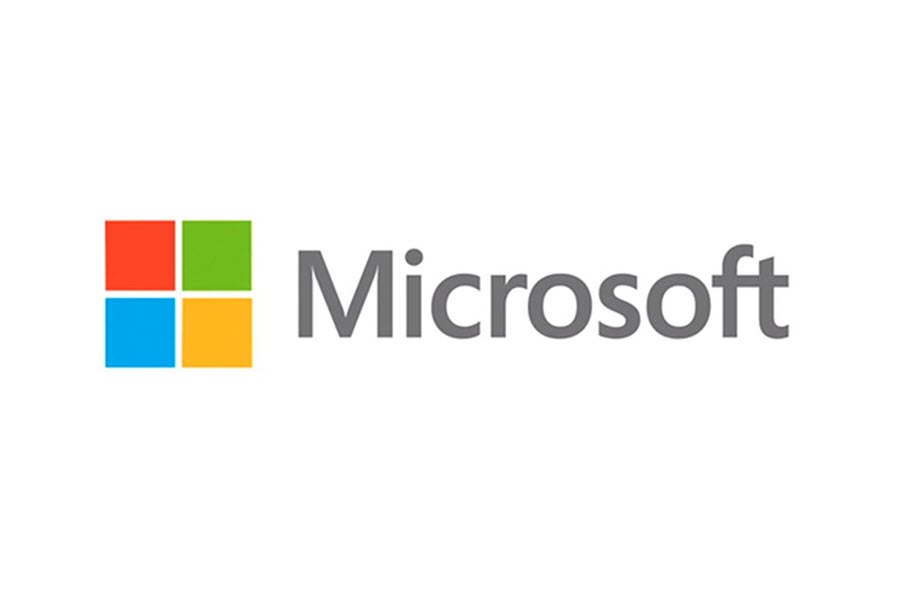Microsoft: FCC Has to Clean Up its Broadband Accessibility Data Act

Microsoft has joined in the chorus of those calling for better data from the FCC on where broadband has been deployed, including suggesting Congress may need to step in to force the FCC to up its game.
That data is used both to determine whether the FCC needs to regulate to boost deployment, and also on where to allocate billions in broadband subsidies.
Microsoft's input came in a blog post by chief data officer John Kahan in advance of a Senate Commerce Committee hearing Wednesday (April 10) on broadband mapping.
There is virtual unanimity--which is a "hen's tooth" on the scarcity scale in Washington these days--that the FCC needs to collect better data.
Microsoft wants broadband deployed to everyone however that can be achieved--government subsidies, municipal buildouts, repurposed and 'fallow' spectrum--but Kahan does not see much progress.
He attributes the two main problems with the FCC data that leads to over-reporting to: 1) if any single customer in a census block can get broadband, the entire block is considered covered, and 2) if an ISP says it is "providing or could…without an extraordinary commitment of resources provide broadband service to an area," it is considered covered even if it isn't and even if an ISP has no plans to cover it anytime soon.
He recommends the Commerce Committee do the following:
Broadcasting & Cable Newsletter
The smarter way to stay on top of broadcasting and cable industry. Sign up below
1. "Remove 'could provide' from the question in Form 477 [the broadband data collection form]. We should measure actual progress, not hypothetical progress, and make funding decisions on real access data.
2. "Use both availability and actual usage (and/or subscription data) to guide investments and communicate progress moving forward. Both access and usage data sets are critically important in building a full and accurate broadband map, as access data shows the current and near-future plans and usage data helps us understand how access translates into service and verification of the availability of broadband.
3. "Fix the availability data collection and reporting challenges prior to releasing a new report on broadband mapping. Our data science team has reviewed the draft report from the FCC and compared it to our latest usage data. We found that the increase in access reported in that draft document has not translated into broadband usage growth, especially in rural areas. This demonstrates the need to make significant adjustments to methodology prior to release."
The report Microsoft is referencing is the Sec. 706 report on whether advanced communications is being deployed in a reasonable and timely fashion, based on who can currently get broadband, which the FCC said is about 92% of the country and Microsoft maintains isn't even close to that.
Related: FCC Broadband Gains Overstated
The FCC has already had issues with the report, issuing a draft with some inflated carrier-provided coverage data.
Arguably one of the strengths of FCC chair Ajit Pai's decision to make public such draft items is that they can be vetted and such errors discovered, though that did not assuage the concerns that error raised that there could be more, given that it is based on ISP self-reporting, and came only after Pai had touted the data.
Contributing editor John Eggerton has been an editor and/or writer on media regulation, legislation and policy for over four decades, including covering the FCC, FTC, Congress, the major media trade associations, and the federal courts. In addition to Multichannel News and Broadcasting + Cable, his work has appeared in Radio World, TV Technology, TV Fax, This Week in Consumer Electronics, Variety and the Encyclopedia Britannica.










